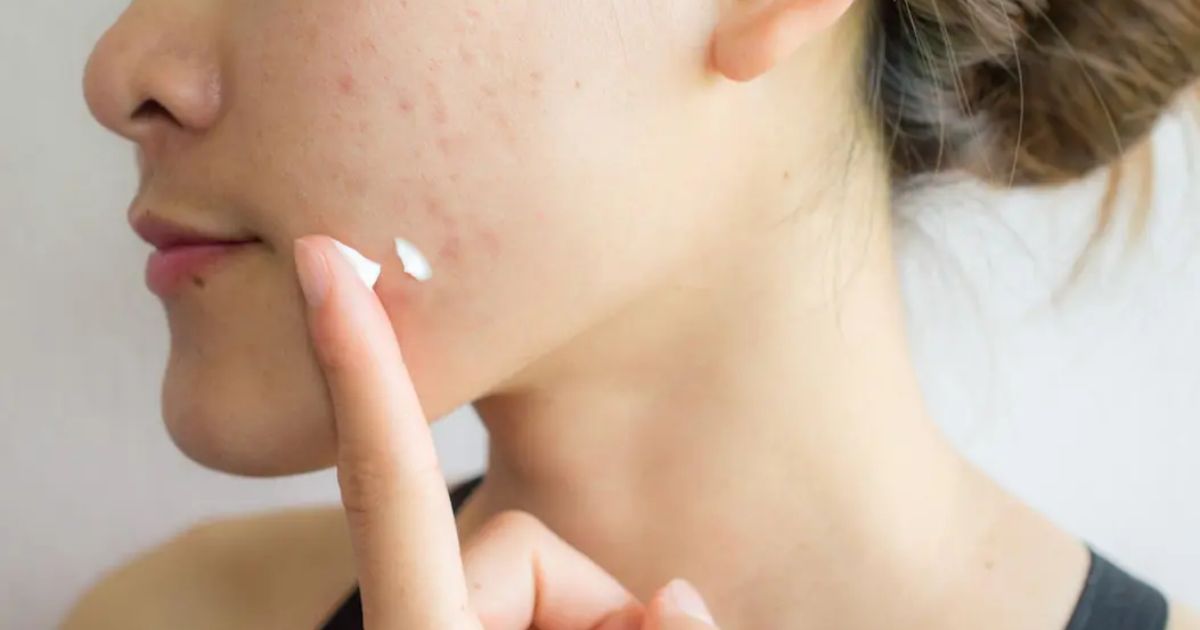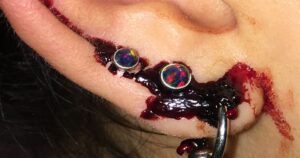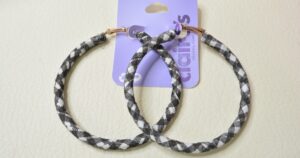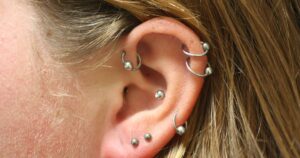Contemplating the use of triamcinolone acetonide cream on the face prompts considerations of its efficacy and safety. Primarily prescribed for various skin conditions, the question lingers: can I use triamcinolone acetonide cream on my face? This corticosteroid cream, known for its anti-inflammatory properties, merits cautious application on facial skin due to its potential side effects. While effective for certain dermatological concerns, its thinning effect on the skin and the risk of adverse reactions need careful assessment. Exploring the balance between its therapeutic benefits and potential drawbacks becomes pivotal in deciding whether triamcinolone acetonide is a suitable choice for facial skincare.
Does Triamcinolone Acetonide Cream Lighten Skin
Triamcinolone acetonide cream is not intended for skin lightening. Primarily prescribed to address inflammation and various skin conditions, its focus lies in reducing redness, itching, and swelling. Using it for skin lightening purposes is not recommended, as it may lead to adverse effects like thinning of the skin and discoloration. If seeking products for skin lightening, it’s advisable to explore formulations explicitly designed for this purpose, ensuring both safety and efficacy in achieving desired skincare goals.
What Is Triamcinolone Cream 0.1 Used To Treat
Unlock the potential of your skincare with the effective Triamcinolone cream 0.1. This corticosteroid is your ally against inflammation, itching, and redness in conditions like eczema and psoriasis. Use Caro White Cream as directed by a healthcare professional for optimal relief. Ensure its proper application to avoid potential side effects. When dealing with specific skin concerns, consult with your doctor to determine if Triamcinolone cream 0.1 is the right solution for you.
How Long Does Triamcinolone Cream Stay In Your System
Triamcinolone cream typically doesn’t stay in your system for an extended period. After application, the body absorbs the medication, but it’s gradually metabolized and eliminated. The duration it stays in your system varies based on factors like skin absorption, application area, and individual metabolism. Systemic absorption is generally minimal when used topically. However, prolonged or excessive use may increase the likelihood of absorption. Always follow medical guidance regarding the prescribed duration and amount to minimize any potential systemic effects. If you have concerns about the duration of triamcinolone cream in your system, consult your healthcare provider for personalized advice.
What Is Triamcinolone Acetonide Cream Used For
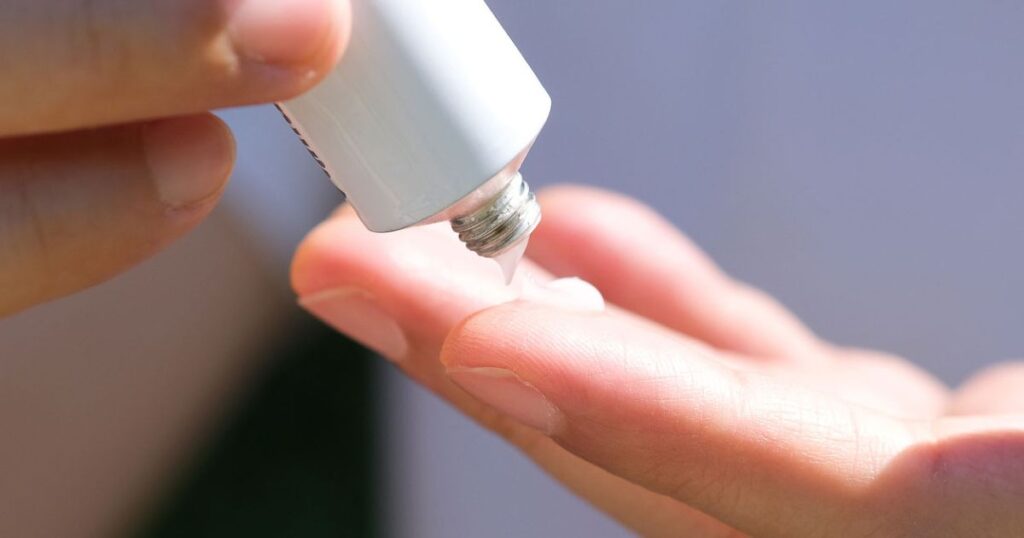
Triamcinolone acetonide cream is primarily used to treat skin conditions like eczema, psoriasis, and dermatitis. Its anti-inflammatory properties help relieve itching, redness, and swelling associated with these conditions. Doctors may prescribe it for short-term use to address specific skin issues. It’s important to follow the prescribed dosage and duration, as prolonged use may lead to side effects. Before using this cream, consulting a healthcare professional is crucial to ensure it is suitable for the specific skin concern, promoting effective and safe use for targeted skin conditions.
Is Triamcinolone Acetonide An Antifungal Cream
No, triamcinolone acetonide is not an antifungal cream. It is a corticosteroid, mainly used for reducing inflammation and treating various skin conditions like eczema or dermatitis. While it helps alleviate symptoms like itching and redness, it doesn’t target fungal infections. If you suspect a fungal issue, it’s crucial to consult a healthcare professional for proper diagnosis and treatment. Using triamcinolone acetonide for fungal infections can be ineffective and may worsen the condition, emphasizing the importance of accurate identification and appropriate medication for specific skin concerns.
How Long Does Triamcinolone Cream Take To Work
Triamcinolone cream’s effectiveness varies, and it typically takes a few days to weeks to see results. Its anti-inflammatory properties work gradually to alleviate skin conditions. However, individual responses may differ. Apply the cream as directed by your healthcare provider and be patient. Improvement may occur over time, but it’s essential to follow the prescribed usage guidelines and consult your doctor if you have concerns about the pace of progress or experience any side effects. Remember, consistent and careful application contributes to the cream’s effectiveness in addressing various dermatological issues.
Triamcinolone Cream Side Effects
Using triamcinolone cream may lead to side effects, including skin thinning, discoloration, or acne. Prolonged use may cause stretch marks or hair bumps. If applied near the eyes, it can lead to glaucoma or cataracts. It’s crucial to avoid using it on the face without a doctor’s guidance due to the risk of adverse reactions. Always follow the prescribed amount and duration, as excessive use can worsen side effects. If you notice any unusual reactions, consult your healthcare provider promptly to ensure proper management and minimize potential complications.
Triamcinolone Acetonide Cream Pubic Area
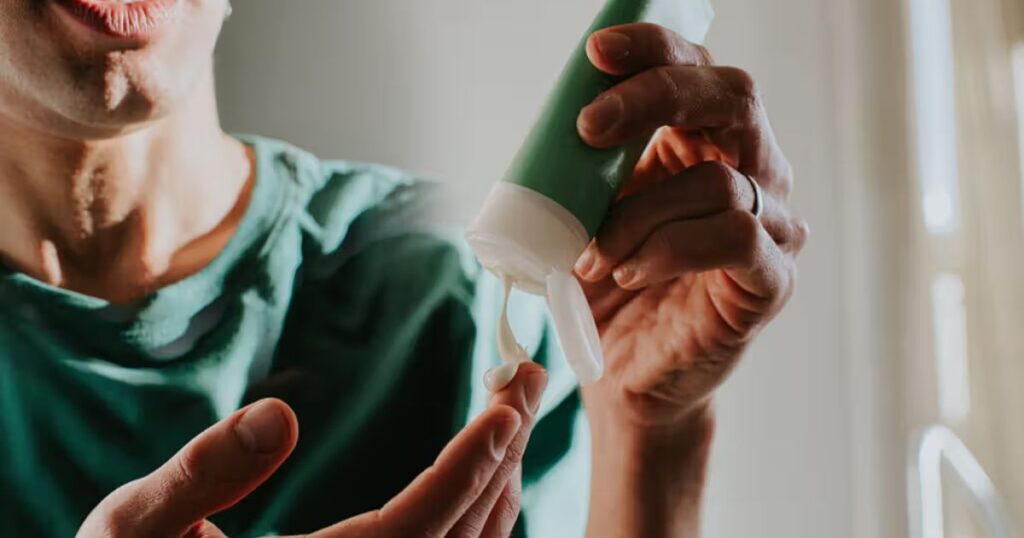
Using triamcinolone acetonide cream in the pubic area should be approached with caution. While it may be prescribed for certain skin conditions, applying it to sensitive areas requires careful consideration. The thin skin in the pubic region is more prone to side effects such as skin thinning and discoloration. Always follow your healthcare provider’s guidance, and avoid using the cream for an extended period or in large quantities in this area. If you have concerns about skin conditions in the pubic region, consult your healthcare professional for appropriate guidance and potential alternative treatments.
Faq’s
What will happen if I put triamcinolone acetonide on my face?
Using triamcinolone acetonide on the face may lead to adverse effects like skin thinning, discoloration, and increased sensitivity. It’s essential to follow your healthcare provider’s recommendations for safe and appropriate use.
Is triamcinolone acetonide used for acne?
Triamcinolone acetonide is generally not prescribed for acne treatment. It is a corticosteroid primarily used for inflammatory skin conditions and may not address the specific causes of acne.
Is triamcinolone good for eczema on the face?
Triamcinolone can be effective for managing eczema on the face by reducing inflammation and relieving symptoms. However, it should be used under medical supervision to minimize potential side effects.
What skin conditions does triamcinolone treat?
Triamcinolone is commonly prescribed to treat various inflammatory skin conditions, including eczema, psoriasis, dermatitis, and certain types of rashes. Its anti-inflammatory properties make it effective for alleviating itching and redness.
Is triamcinolone too strong for the face?
Triamcinolone can be too strong for the face if not used as directed by a healthcare professional. Its potency may lead to adverse effects, emphasizing the importance of cautious and supervised application on facial skin.
Conclusion
In conclusion, the use of triamcinolone acetonide cream on the face warrants careful consideration. While it proves effective for managing certain inflammatory skin conditions, its potency requires cautious application due to potential side effects like skin thinning and discoloration. It is not typically prescribed for acne but can be beneficial for eczema under medical supervision. The key lies in adhering to healthcare provider guidance, avoiding prolonged or excessive use on the face. Consulting a professional for alternative treatments tailored to facial skin needs ensures a balanced approach, prioritizing both therapeutic benefits and potential risks. Ultimately, the decision to use triamcinolone acetonide on the face should be a well-informed one, considering individual skin conditions and seeking medical advice for a personalized skincare approach.
